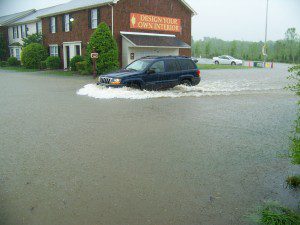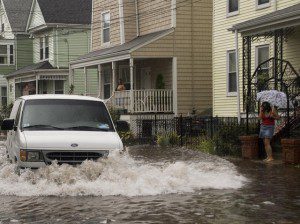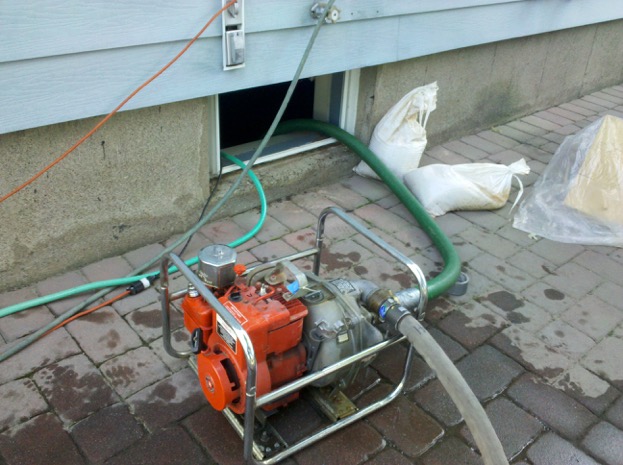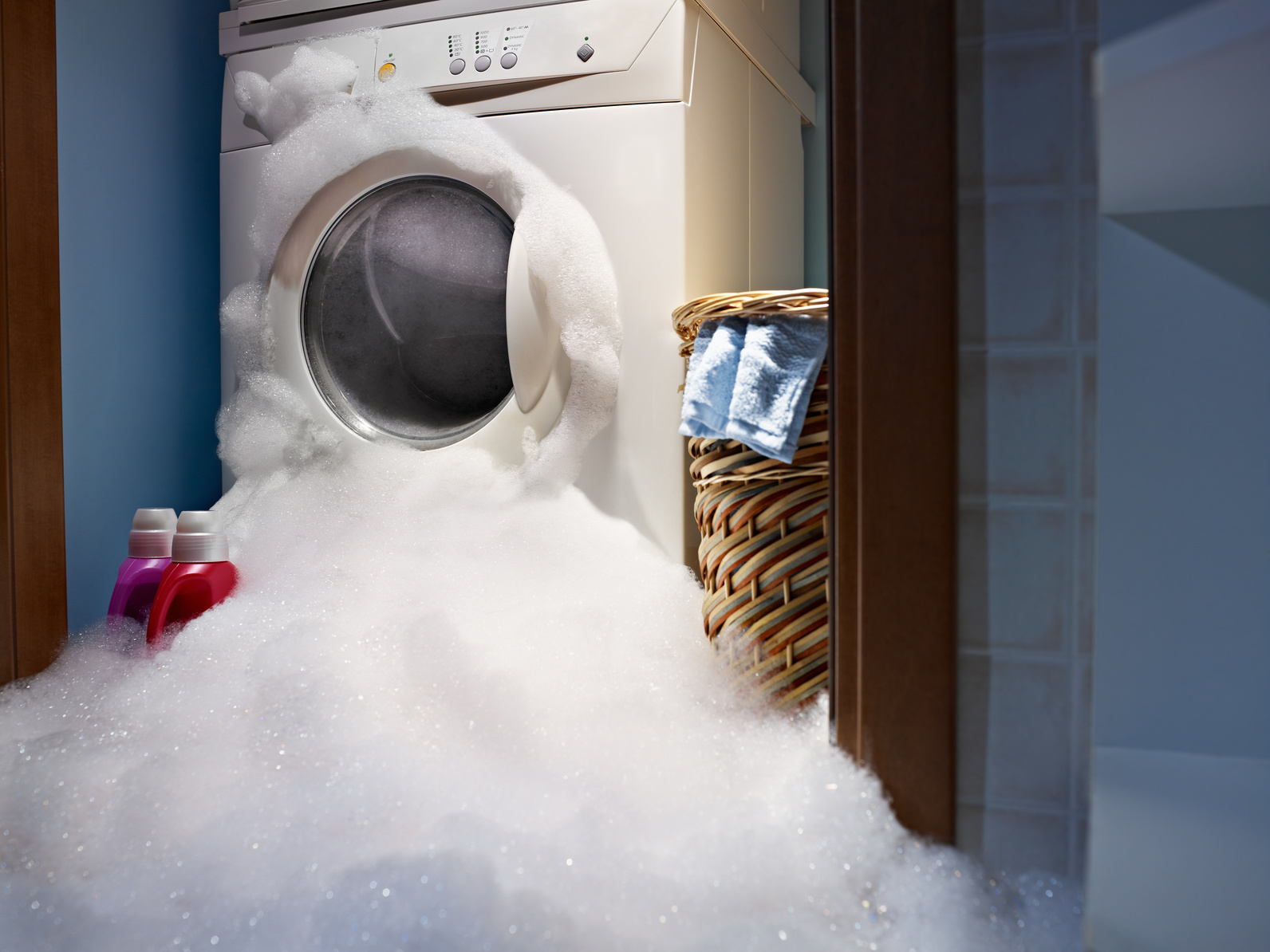The Danger of Traveling During a Flood – Flood Safety Tips
As we have learned over and over in different scenarios across the country this past year, flooding has the potential to be very dangerous. Many areas of the country are continuing to deal with flooding late in the year which could affect plans to travel over the holidays. Regardless of the time of year, flooding can cause significant water damage in a home or building and it can also cover roads and highways, making it especially unsafe to travel. Even if the flooding around your home does not seem so bad, the water will gradually rise and add to the risk of a flash flood that can be especially dangerous to encounter on the road. When it comes to traveling, it is best to avoid driving in a flood until the water has receded to a safe level.
Listen to Official Reports of the Flooding
If you are not sure whether it is safe to travel during a flood, listen to news reports to determine how much flooding is in your area. This is a good way to tell which areas are the most heavily affected and some news reports may also issue a warning to those who plan on traveling. Recently, citizens who live in the Houston and Galveston areas of Texas have been urged by authorities to avoid traveling as much of the area around these cities was under at least 2-3 inches of water. During Thanksgiving weekend, the flooded and icy roads in Texas were responsible for 14 deaths. It only takes 12 inches of water to make driving in a flood extremely dangerous so if you can, avoid traveling until the flood is under control. If you do travel in flood conditions, it helps if your car is well maintained.
Traveling in a Flood – Flood Safety Tips
If you are facing circumstances in which you must travel and there is flooding in your area, make sure you follow these flood safety tips to stay safe while driving:
- Honor Barricades: If a road is blocked by a barricade, look for a new route. Barricades are put in place to prevent drivers from going on the most effected roads.
- Avoid Standing Water: If you encounter a significant amount of standing water, do not attempt to drive through it. It only takes about 12 inches of moving water to lift and move a car and the water can stall or damage your engine. Roads that are under moving water can also collapse so it is best to find an alternate route.
If you come across some standing water while driving in a flood and there is no other option but the drive through it, please take these precautions before doing so:
- Try to get an idea of how deep the water is.
- Drive through it at a slow and steady pace.
- Do not drive through the water if there are downed power lines because electric current can travel through water.
- Check for any items moving in the water, it is possible for larger items to crush or trap your vehicle.
- Once the water level gets above the rims, test your brakes while moving slowly. If the brakes are wet and not working effectively, press gently on the brake pedal with the left foot and the gas with the right foot to dry them off.
- Do not use your phone while driving through the flood.
- If your car stalls, you will have to try restarting the engine to finish driving through, but restarting it in standing water can cause permanent damage to the engine.
- If your vehicle stalls and you become trapped, you must abandon your car for safety. Try escaping out the door or window and if you cannot safely exit the vehicle, call 911 for help.
Driving in a flood can be very dangerous and it is bet to avoid it if there is significant flooding in your area. If you must drive in flood conditions, make sure you follow these flood safety tips so that you can get to your destination safely. Floods can very quickly cause significant damage in your home and when this happens, it is crucial to call for flood cleanup immediately to prevent further damage or mold growth. Professionals that provide flood damage restoration will remove the water using advanced drying equipment and techniques as well as repair any damage caused by the water.














